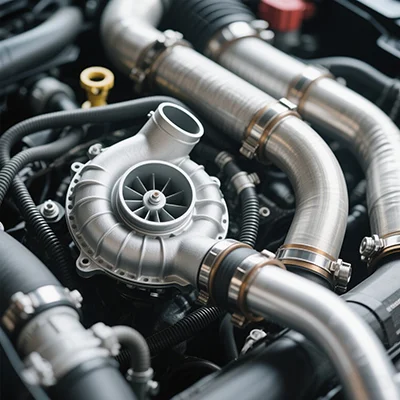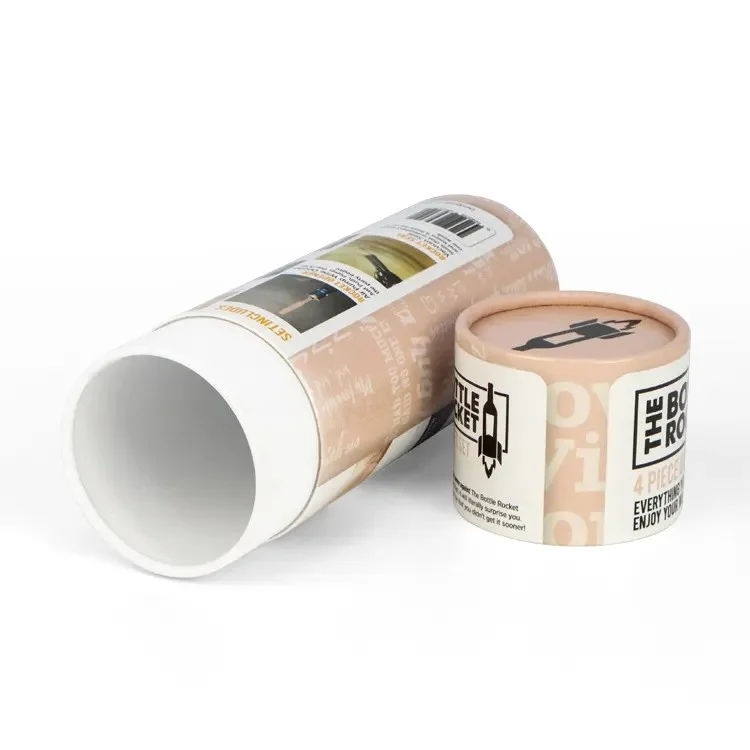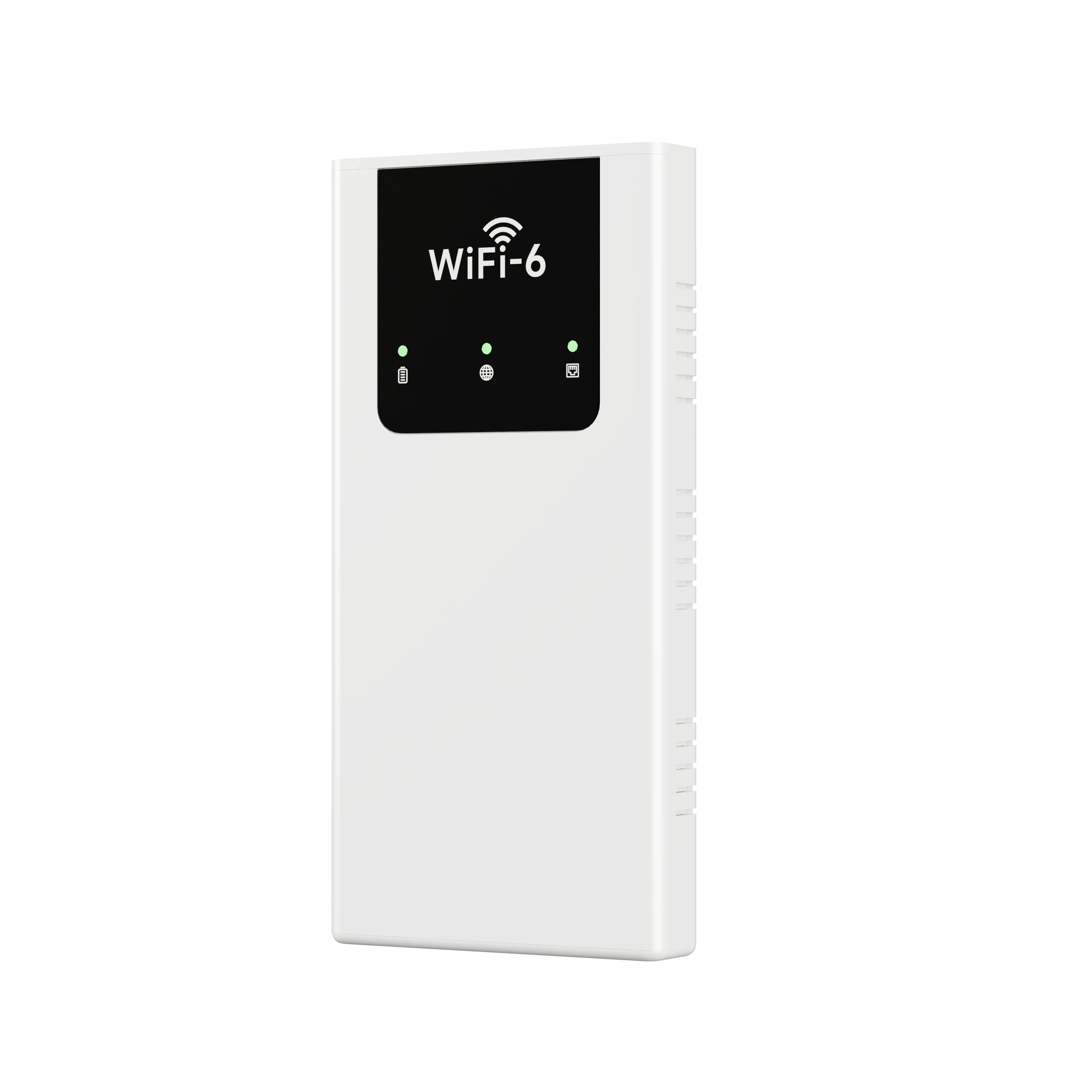In today's world, where environmental concerns are at the forefront, finding sustainable solutions for plastic packaging has become a pressing issue. As industries strive to reduce their carbon footprint and minimize waste, the search for the most sustainable plastic packaging has gained momentum. In this blog post, we will explore the various aspects of sustainable plastic packaging, delving into its significance, challenges, and the most promising alternatives available today.
- Understanding the Importance of Sustainable Plastic Packaging:
Plastic packaging plays a crucial role in preserving and protecting products, extending their shelf life, and preventing food waste. However, the environmental impact of traditional plastic packaging cannot be ignored. It contributes to pollution, landfill waste, and the depletion of natural resources. Sustainable plastic packaging aims to address these concerns by adopting eco-friendly practices throughout its lifecycle. - Key Characteristics of Sustainable Plastic Packaging:
To be considered sustainable, plastic packaging must possess certain key characteristics. These include:
a) Recyclability: The ability to be recycled and transformed into new products, reducing the need for virgin plastic production.
b) Biodegradability: The capability to break down naturally into harmless substances, minimizing environmental harm.
c) Renewable Materials: Utilizing renewable resources, such as plant-based polymers, instead of relying solely on fossil fuels.
d) Minimal Carbon Footprint: Manufacturing processes that consume less energy and emit fewer greenhouse gases.
e) Extended Product Lifespan: Packaging designs that ensure durability and reusability, reducing the need for frequent replacements.
- Promising Alternatives in Sustainable Plastic Packaging:
a) Bioplastics: Derived from renewable sources like corn starch, sugarcane, or algae, bioplastics offer a viable alternative to traditional plastics. They can be compostable, biodegradable, or recyclable, depending on their composition.
b) Recycled Plastics: Utilizing post-consumer or post-industrial recycled plastics reduces the demand for new plastic production. Technologies like chemical recycling enable the conversion of complex plastic waste into high-quality packaging materials.
c) Bio-based Plastics: These plastics are derived from biomass feedstocks and can be either biodegradable or non-biodegradable. They offer reduced carbon emissions during production and can be recycled or composted.
d) Paper-based Packaging: Paper-based solutions, such as molded pulp or corrugated cardboard, are renewable, recyclable, and biodegradable. They provide a sustainable alternative for various packaging needs.
e) Innovative Materials: Researchers are exploring new materials like mycelium-based packaging, seaweed-based films, and edible coatings, which offer biodegradability and reduced environmental impact. - Challenges and Future Outlook:
While sustainable plastic packaging presents a promising solution, several challenges need to be addressed. These include consumer awareness, infrastructure for recycling and composting, cost-effectiveness, and scalability. However, with increasing awareness and advancements in technology, the future of sustainable plastic packaging looks promising. Collaborative efforts between industries, governments, and consumers are essential to drive the adoption of sustainable practices and create a circular economy.
Conclusion:
The quest for the most sustainable plastic packaging is an ongoing journey that requires innovation, collaboration, and a commitment to environmental stewardship. By embracing the key characteristics of sustainable packaging and exploring alternatives like bioplastics, recycled plastics, bio-based plastics, and paper-based solutions, we can pave the way for a greener future. Let us strive to make sustainable plastic packaging the norm, ensuring a healthier planet for generations to come.




